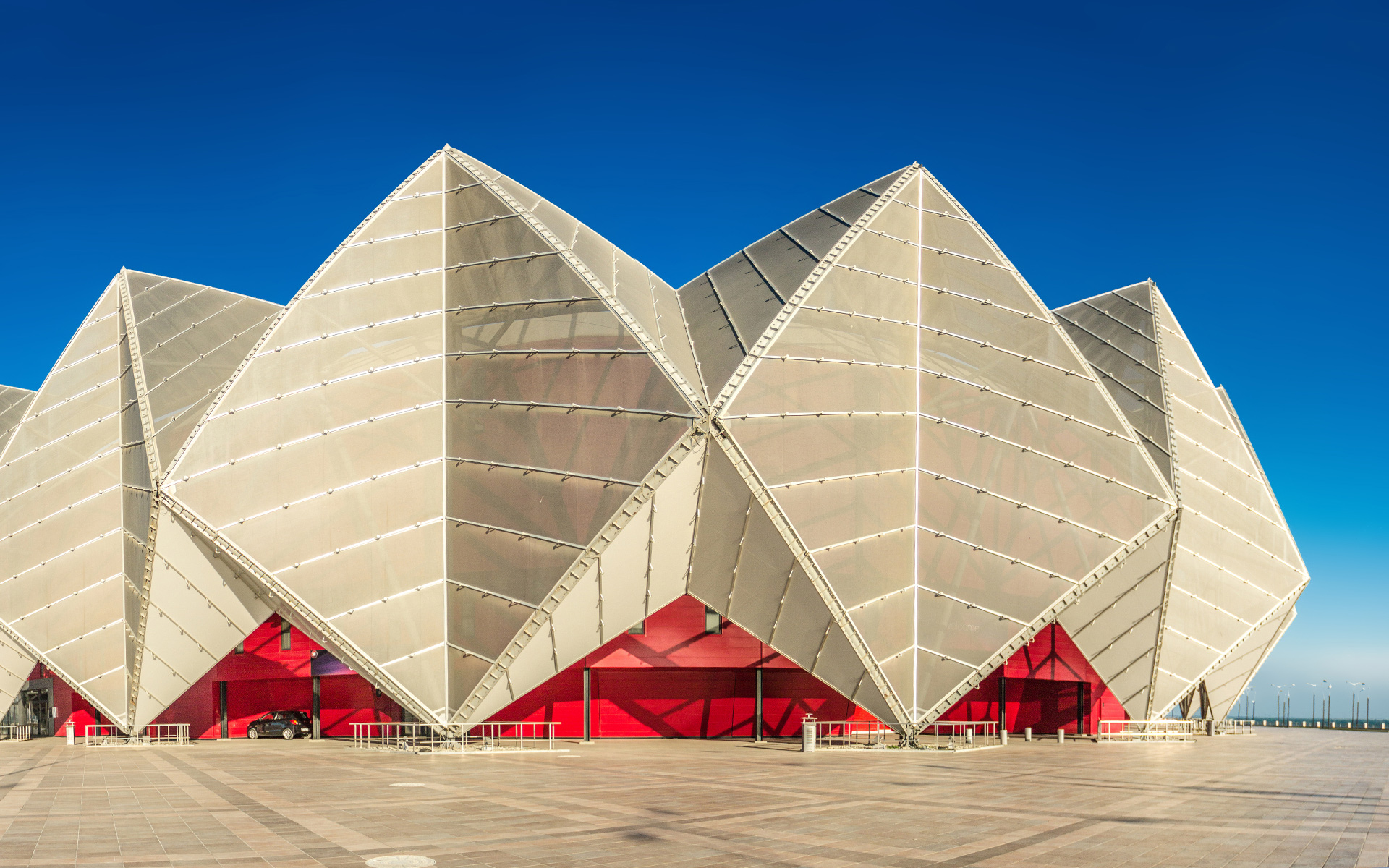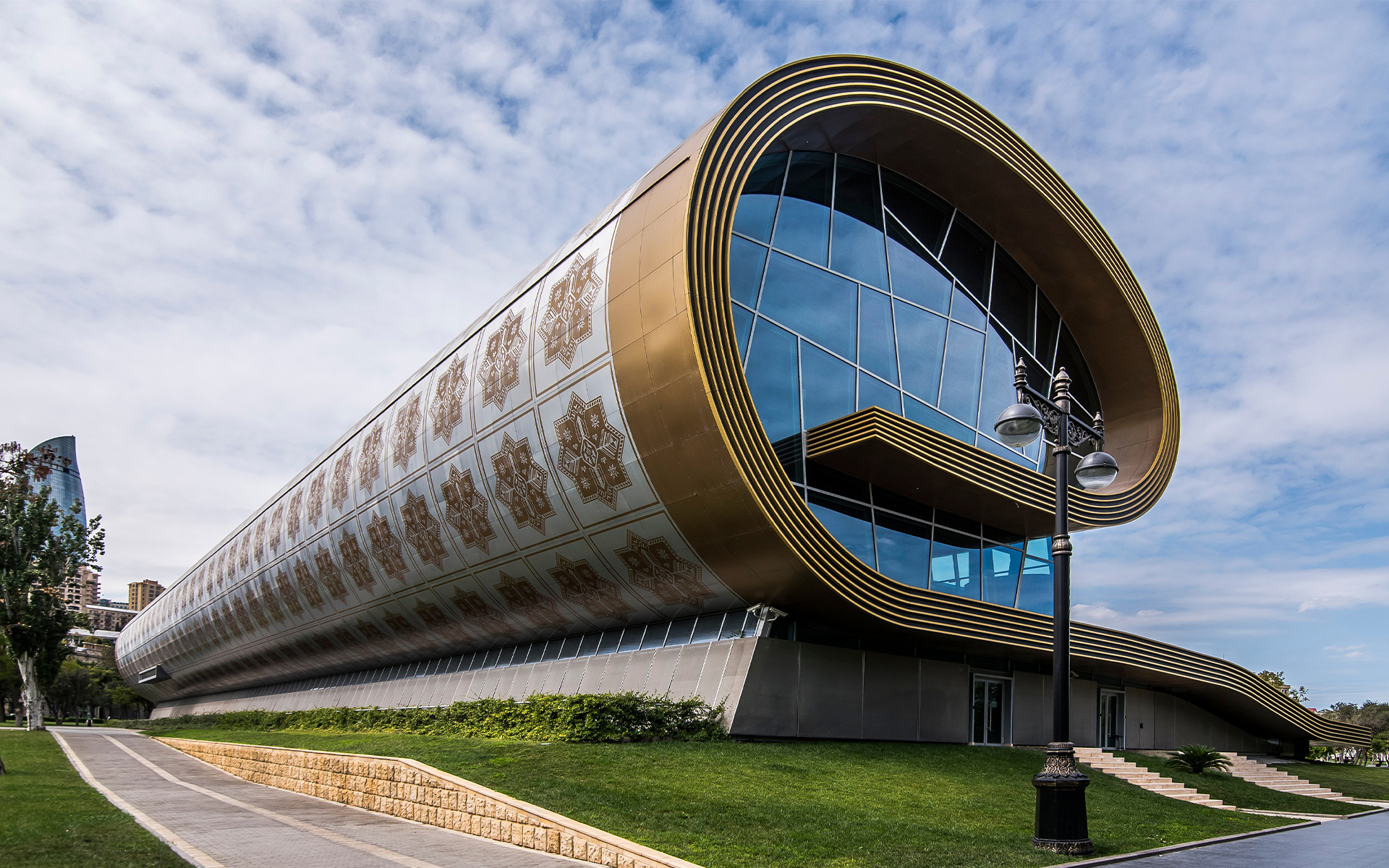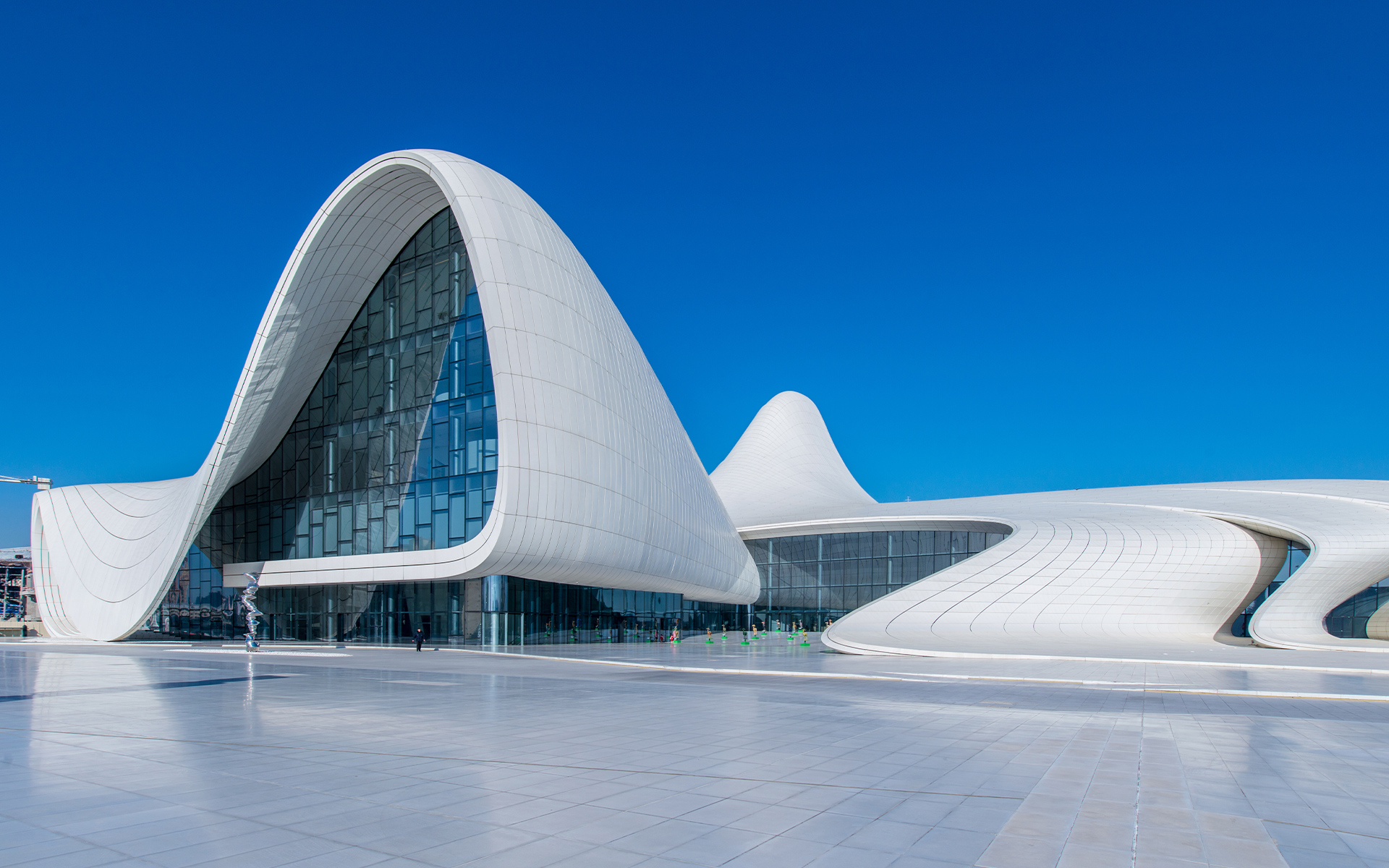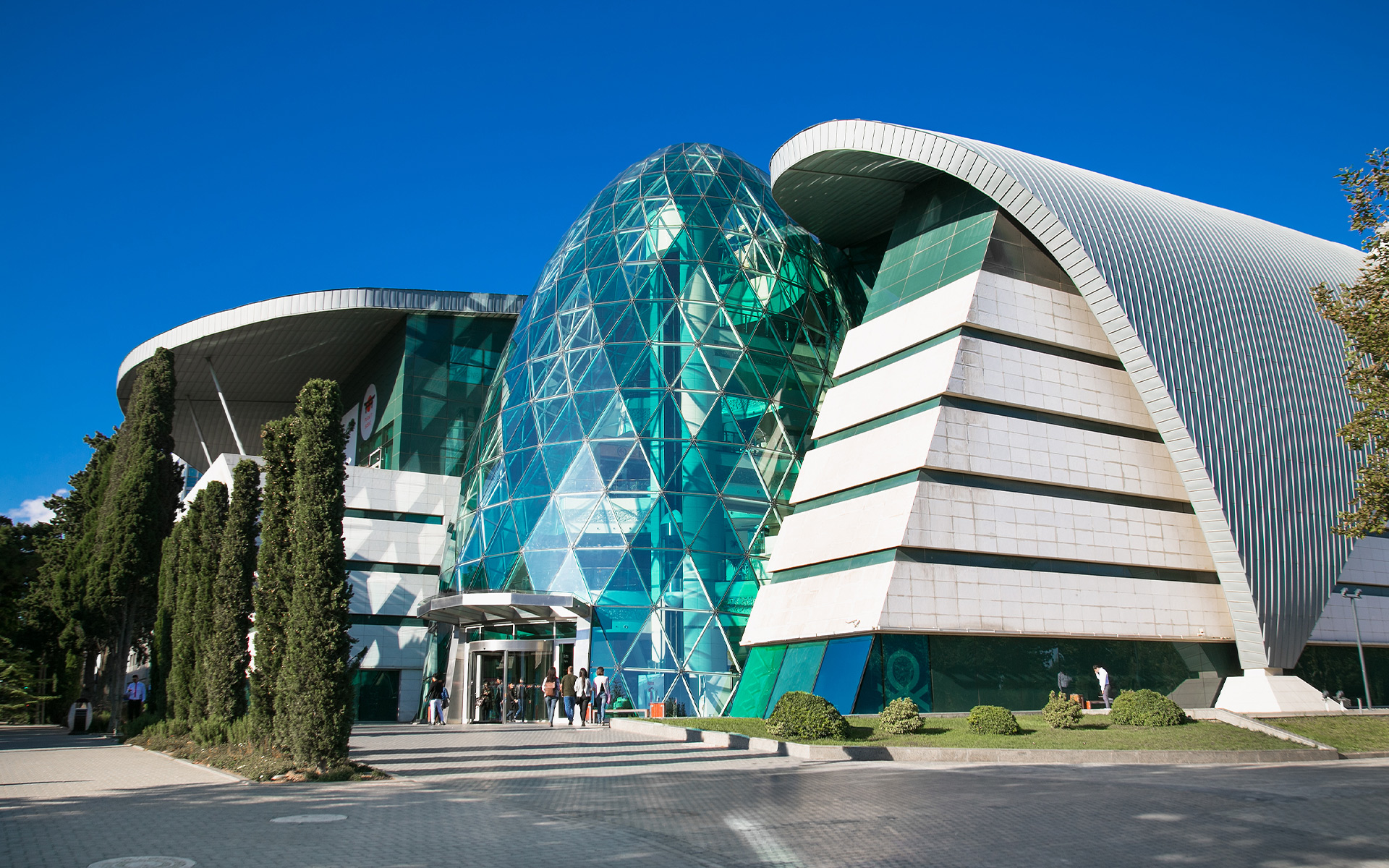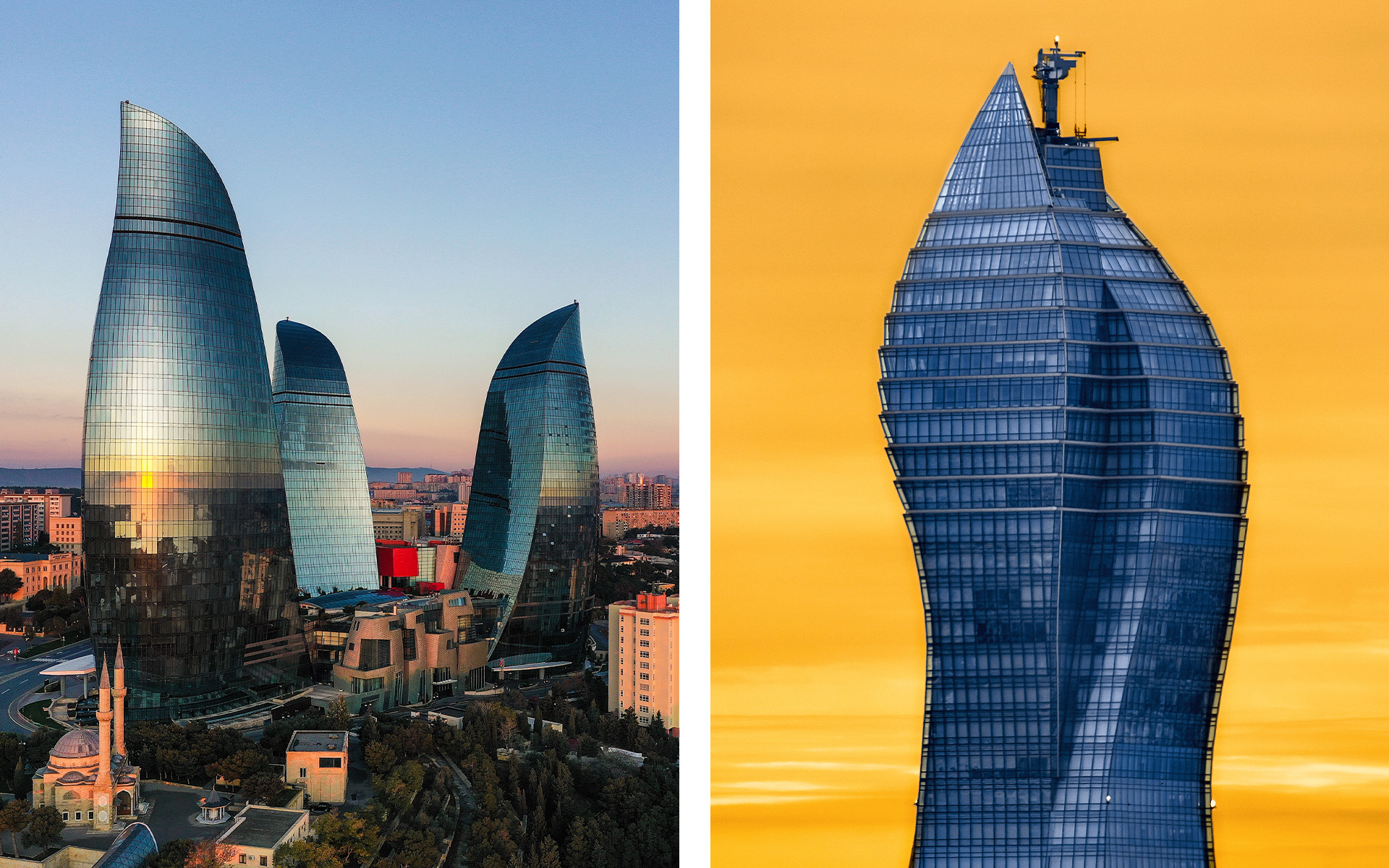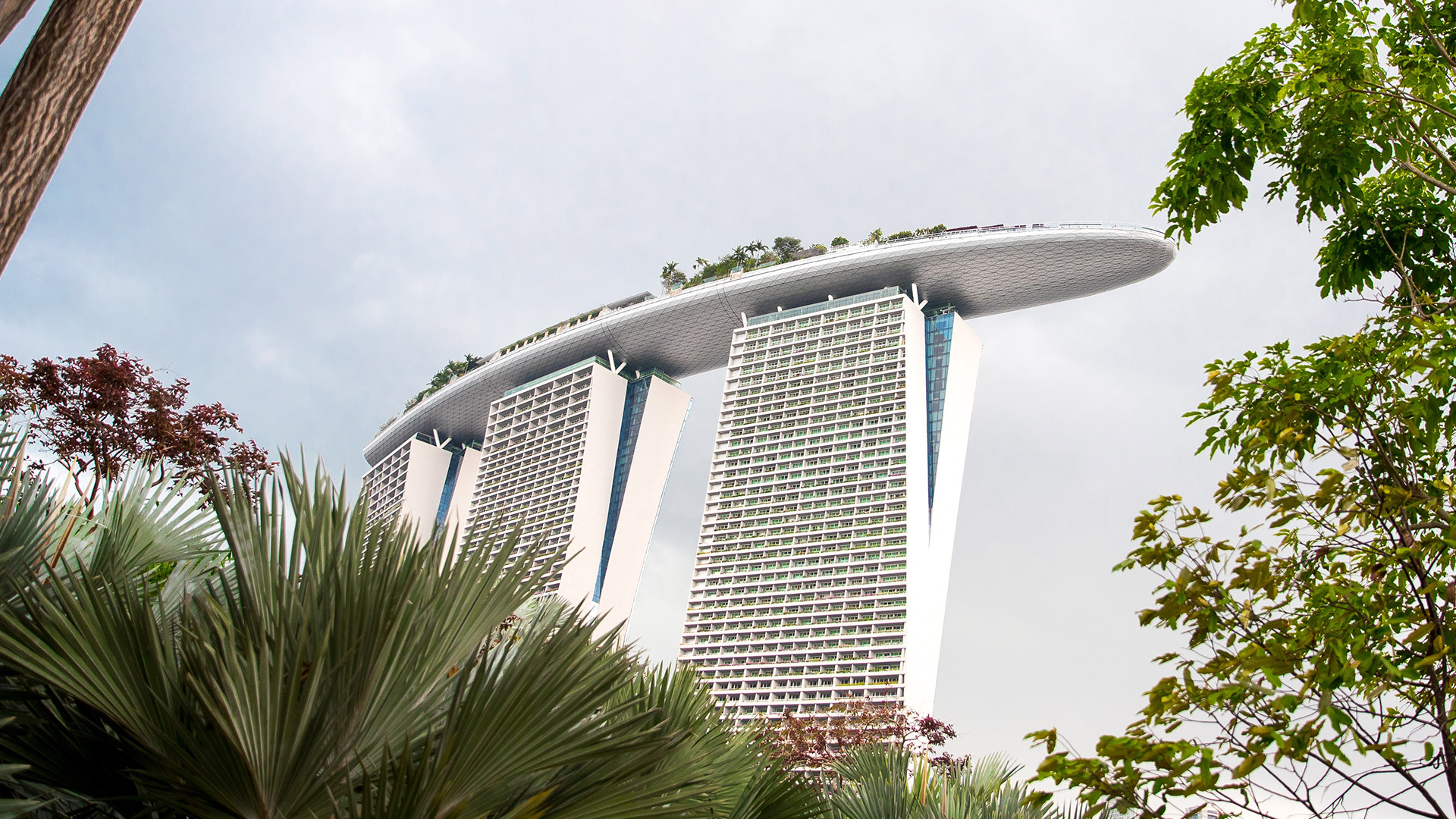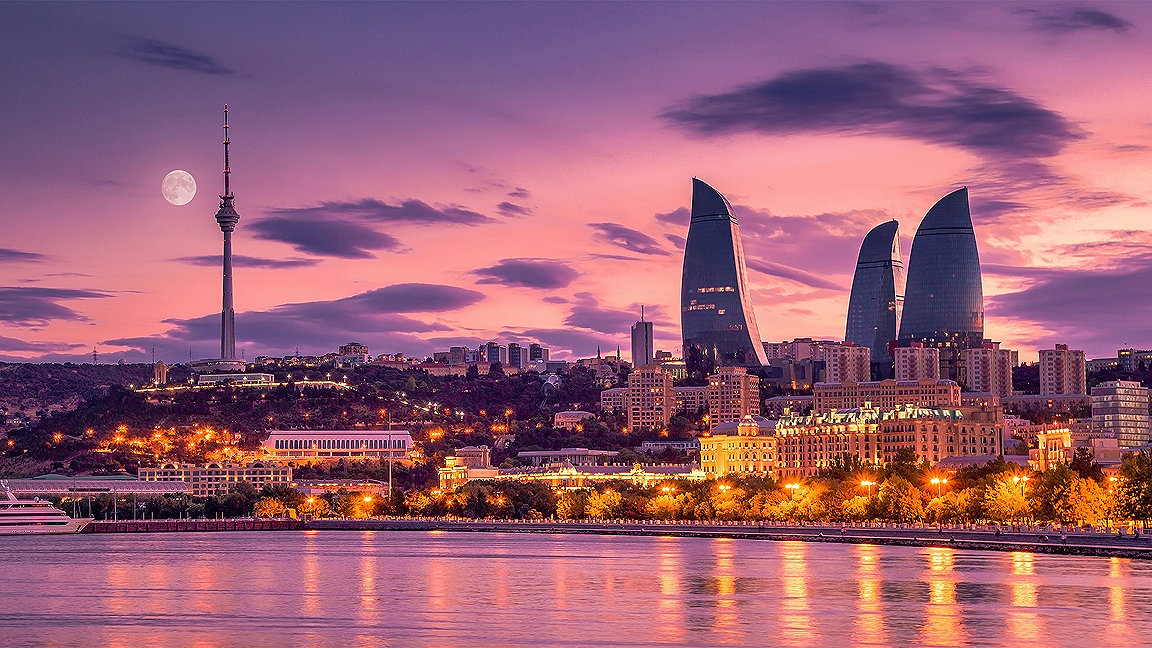
Overlooking the Caspian Sea, the city of Baku has had a long history of architectural exuberance. The capital of Azerbaijan has been of strategic importance for centuries, both militarily and as a port on trading routes between Europe and Asia.
But it is in the past 30 years that its international profile – outside the Caucasus – has grown again, helped by a bold building strategy.
When the Soviet Union collapsed in 1991, Azerbaijan gained independence. Crucially, instead of having to share its enormous oil and gas wealth with the rest of the former USSR, it was able to keep the revenues entirely within the newly formed republic to spend how its government wished to. Within a few years, it began a huge programme of profile-raising and skyline-altering building projects.
You needn’t have been to Baku to be aware of some of these landmarks. The Azerbaijani government has enthusiastically positioned the country on the world stage, hosting international events such as the 2012 Eurovision Song Contest, the 2015 European Games, the 2019 UEFA Europa League final, as well as having added Baku’s circuit to the roster of Formula One Grand Prix races.
Anyone watching these on television – more than 64m tuned in for the 2012 Eurovision final, plus 60m for the 2022 Azerbaijani Grand Prix – cannot fail to have seen the frequent cut-aways to some of Baku’s flamboyant new buildings.
Chief among them are the Flame Towers, three curvaceous skyscrapers that, at 182 metres tall, dominate the city. Designed by the international architectural practice, HOK, these towers have come to symbolise the bold new face of Azerbaijan. At night, they provide a patriotic light show, illuminated in blue, red and green, the colours of the Azerbaijan flag. They can also mimick the flickering of flames – Azerbaijan is known as the ‘Land of Fire’ due to its gas reserves that can occasionally ignite and the Baku coat of arms features three flames above a sea.
The tallest tower contains a luxury hotel at its apex, while the rest of its floors and those of its two neighbours are given over to apartments and office space.
As well as the Flame Towers, Baku’s cityscape includes landmarks such as the Crystal Hall, venue of the Eurovision Song Contest; the curvaceous SOCAR Tower, home of the Azerbaijan’s national oil company; the whimsical rug-shaped, Carpet Museum building; and the Park Bulvar retail centre. There is also Zaha Hadid’s sinuous Heydar Aliyev Centre, an astonishing arts centre named after Azerbaijan’s former long-term president, commissioned by his son, Ilham Aliyev, who has been president since his father’s death in 2003.

Beautiful buildings bring visitors
“The government decided that beautiful buildings were needed to attract visitors and keep them satisfied,” says Said Gulu-Zada MRICS, a project manager working in Baku and, currently, Azerbaijan’s only RICS-accredited professional. “Baku is one of the most beautiful cities. All the people who crossed it on the trade routes brought different influences.”
Gulu-Zada has a point – Baku’s importance on the Silk Road from Asia to Europe has left it with a wealth of architectural styles. It has a famous medieval Old Town, a strong 18th- and 19th-century collection of buildings which include mosques, and more European-influenced architectural styles and, of course a large contingent of Soviet-era buildings. This includes its impressive government building, the House of Government.
“As a rule, the new buildings are being built in harmony with their surrounding areas, so as not to spoil the view,” says Gulu-Zada. “We have some big projects such as Central Park [a park that will eventually cover 58ha of the city], where we have demolished buildings that didn’t have architectural value but generally we like older buildings too.”
For these large, modern developments to be built, skills have had to be imported. Architects and engineers were brought in, and big overseas construction consultancies were in demand. Nowadays, says Gulu-Zada (who started his own career with the Austrian construction giant Strabag), there are more projects being taken on by Azerbaijanis, and the country has produced its own ‘starchitect’, Nariman Imamaliyev, who has taken on commercial and private projects around Baku. “We needed [foreign] expertise to begin with but the companies that came here have created a new generation of experts,” says Gulu-Zada.
Likewise, Gulu-Zada hopes to increase the number of RICS professionals in the region. He has taught a semester at Baku’s ADA University – another of the government’s prestige-building initiatives – and is mentoring some younger people in the industry. “I would like RICS to be more present in Azerbaijan,” he says. “I think in the near future, the situation will change.”
“All the people who crossed Baku on the trade routes brought different influences” Said Gulu-Zada MRICS, Pasha Construction LLC
Said Gulu-Zada’s favourite buildings in Baku
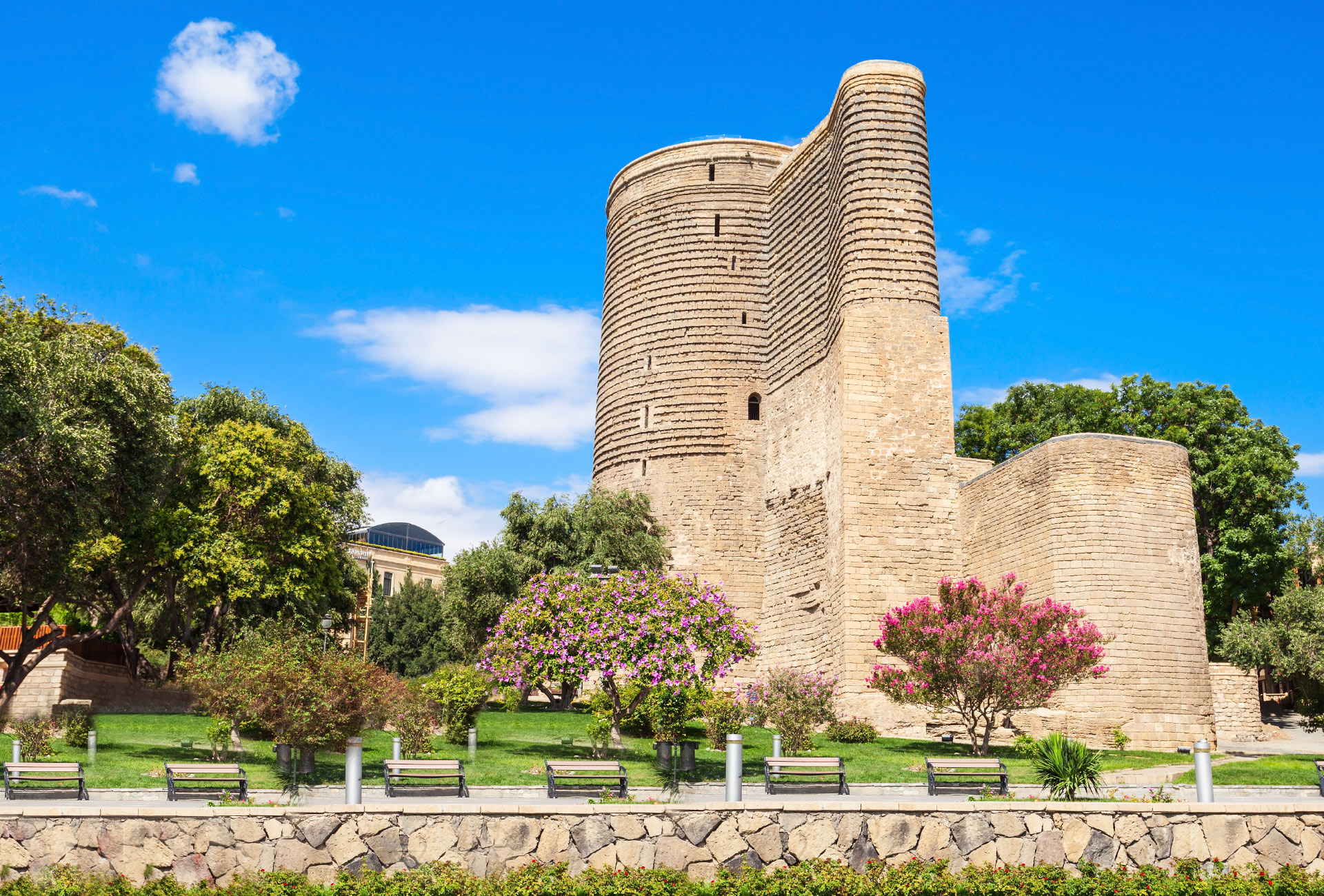
Medieval: The Maiden Tower
Mystery surrounds the Maiden Tower, a 12th-century (or possibly even 6th-century) building in the city’s Old Town. It has a mixture of Persian, Ottoman and Arabic architectural styles and may have been used for Zoroastrian worship initially. It is now part of a UNESCO World Heritage site and one of the most recognised buildings in the country.
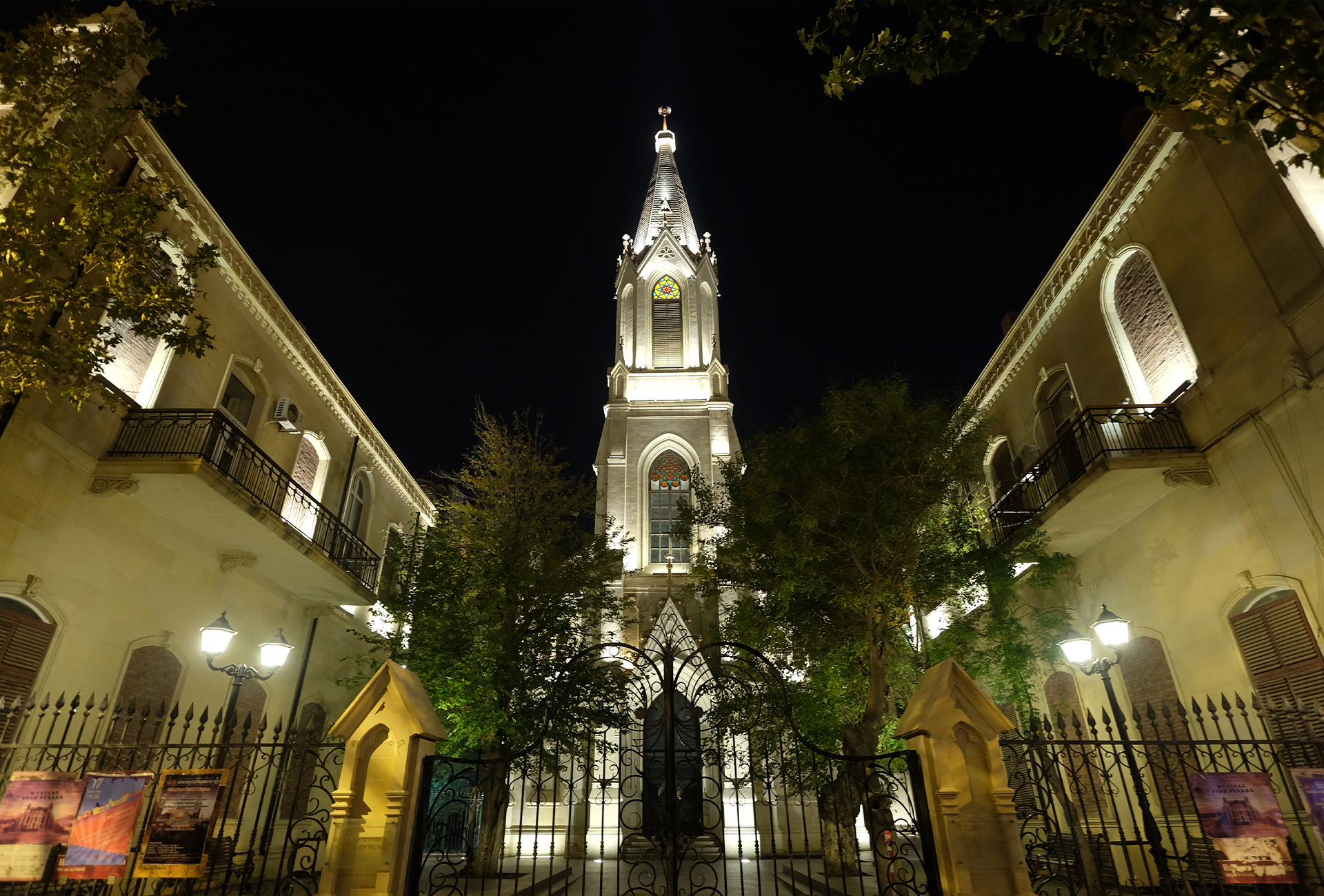
19th-century: Church of the Saviour
Completed in 1896, this Lutheran church is a soaring, neo-Gothic delight, rather more decorative than many Lutheran buildings. It was built by a German émigré who raised the money for it himself and it was lucky to survive the worst excesses of the Soviet era: its priest and several lay members of the church were executed by Stalin’s forces in the 1930s. It is now used as a performance space.
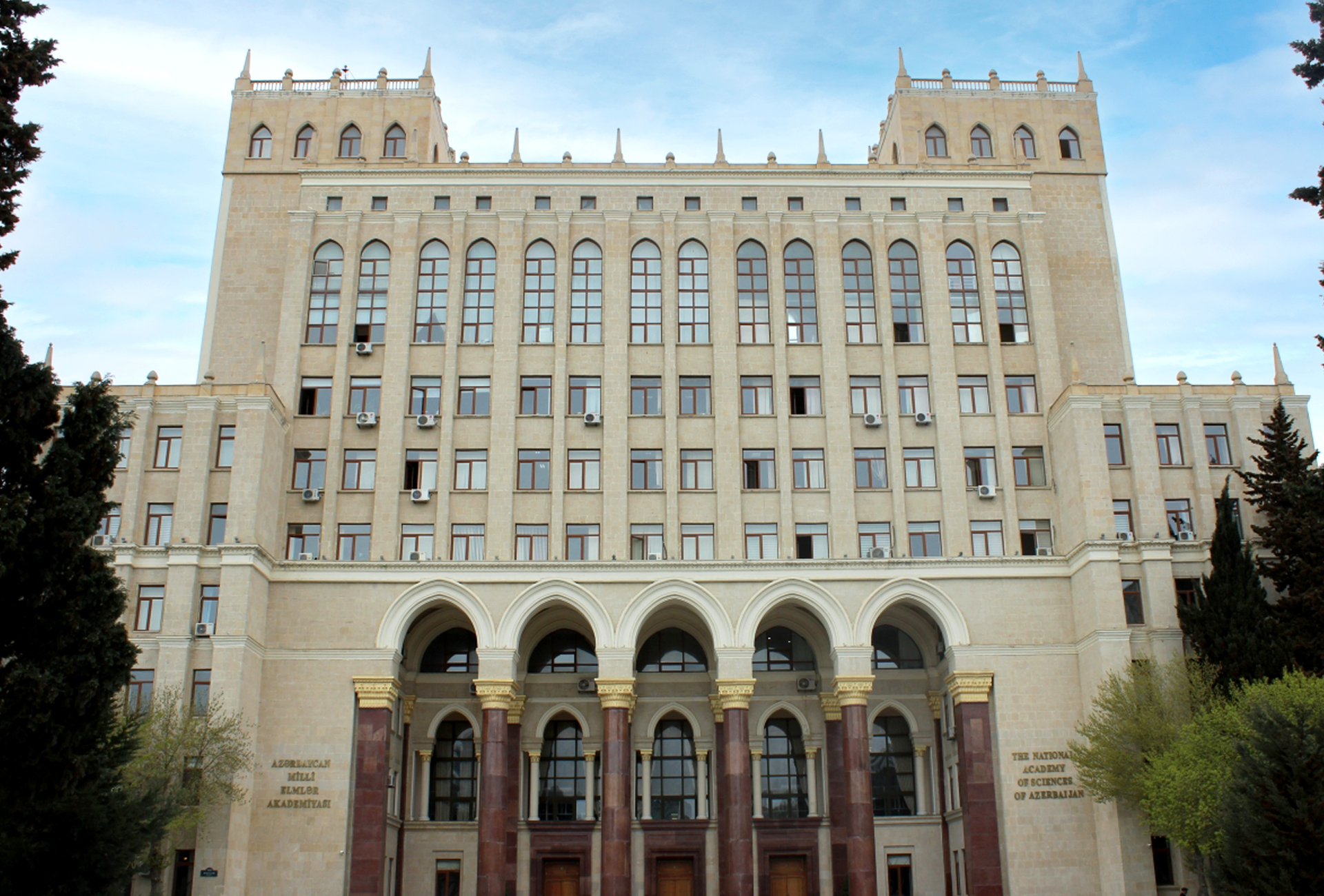
Soviet era: Azerbaijan National Academy of Sciences
Proudly Soviet in its symmetry and grand scale, the Academy was built in the 1960s. But unlike some of its starker, northern European communist contemporaries, the main research building has some detailing – such as pointed windows, large arches and decorative turrets – that give it flamboyance and a nod to the country's cultural heritage.
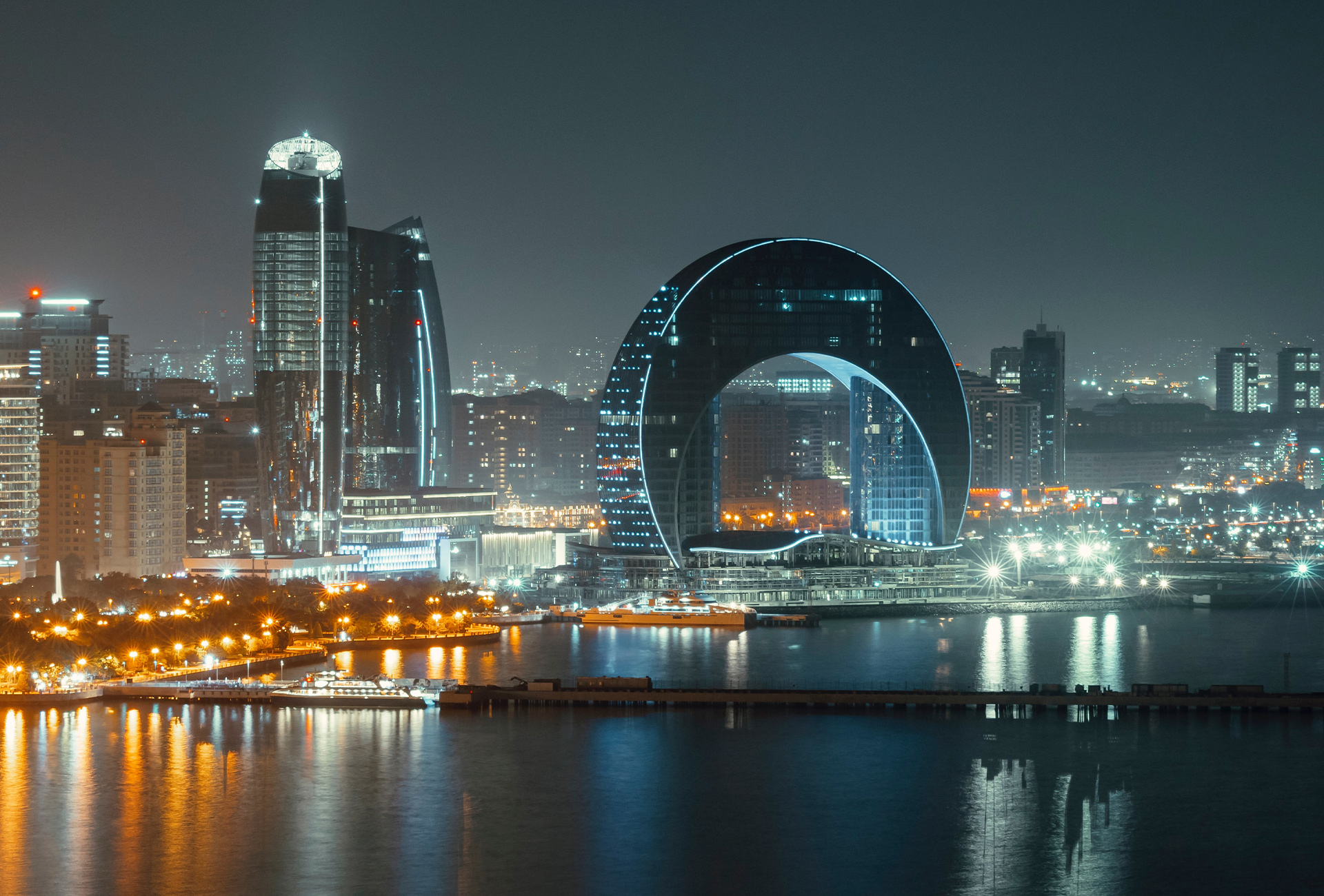
Modern era: The Crescent Bay Project
Still under construction, but nearing completion, the focal point of this development will be an arch-shaped building that seems to rise from the Caspian Sea. Designed by the Korean practice, Heerim Architects, the 450,000m2 building contains a luxury hotel, offices, apartments, retail and leisure facilities.


